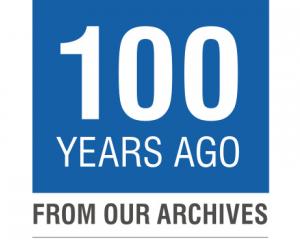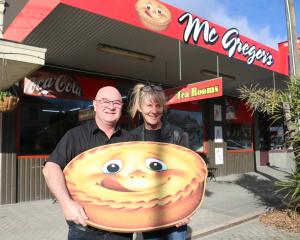Keeping the rates rise to 5.5% was the result of having "a really hard look" at how things are done at the Otago Regional Council, its chairwoman says.
Councillors adopted the 2025-26 annual plan and a resulting rates increase of 5.5% — an increase well below the originally forecast 13.8% in the long-term plan.
Chairwoman Cr Gretchen Robertson said the council kept the rates rise down while under a lot of pressure from the community to deliver on a "whole range of areas" — from flood protection, pest control, civil defence, and public transport to "achieving a healthy environment".
"We’re damn good at delivering," Cr Robertson said yesterday.
"We can get better, absolutely.
"We’re not defensive in this council.
"We always strive to be better, and things will change."
She took issue though with councillors who called for cuts to staffing costs and instead offered a "really big thanks to the team".
"It’s not just a business as usual annual plan," Cr Robertson said.
"We’ve had a really hard look at how we operate, how we can even build in more efficiencies and we’ve reduced that rates increase significantly."
Cr Michael Laws was one councillor who said he could not support the plan — in part because of the staffing costs.
Cr Laws said he found it "extraordinary" that the most significant spending by the council was on staff.
And that it would not be clear to ratepayers that staff received a 5% increase on their salaries last year and were due to receive another 4.5% increase this year.
"We are a grossly overstaffed organisation," Cr Laws said.
"We have more than doubled our staff numbers in the last five or six years — and that has been the primary reason why rates have gone up in the Otago region.
"We’ve made no real attempt to cap them, and there is none in this annual plan as well."
Cr Gary Kelliher, who previously unsuccessfully tried to cap the number of staff at the council, also said he could not support the plan.
Cr Kelliher said in recent years the organisation had become one that cost more and achieved less.
"I think what we have done is failed to read the room when it comes to the ratepayers and failed to read the room in terms of government around what their expectations are for councils across New Zealand moving forward," he said.
"There’ll be many councils who would love to have a number [of staff] where we’ve currently arrived at."
"But to me, there is nothing wrong with us having grown too rapidly and having to accept that some constraining and reduction is needed to arrive at where councils should settle at in scale and cost to the ratepayers and service provided.
"I do think that we have arrived at something that is costing more and achieving less.
"And that is to huge frustration to our ratepayers."
Cr Kate Wilson said she would support the plan but she shared concerns about the council having "grown too quickly and whether we are delivering the efficiencies and effectiveness that we need t".
However, she said it was apparent "how amazingly good the results" were when the council empowered its community to do things that needed to be done.
Cr Elliot Weir said "ultimately" the council was still catching up from the severe under-resourcing and under-staffing "of the past decade or tw".
"It’s good to see us grow into where we should be in terms of meeting our statutory functions and fulfilling community needs."
In a statement yesterday the council said despite overall rates increase of 5.5% the rates impact for individual properties was different and could be influenced by a range of things including location and the services provided.
"Less than half of ORC’s funding comes from rates — the rest is from fees and charges, grants, reserves, dividends from Port Otago and investment income."











